The latest iteration of the BMW 1 Series is here and dubbed the F70. Built upon Munich’s front-wheel-drive architecture (FAAR) for the second time, this version is essentially an extensive refresh of its predecessor, the F40, inheriting traits from its MINI Cooper cousin while integrating new features found in recent BMW releases.
Although reminiscent of the F40, the design has undergone refinements, notably with vertical daytime running lights (with optional blue-tinged adaptive matrix LED headlights) and a modified double kidney grille, now featuring a mix of vertical and diagonal slats, wider, and positioned lower to eliminate the previous model’s overly protruding, and rather unpopular, appearance.
Still looks an awful lot like a 2018 Kia Cee’d, if you ask us.
If its relation to the previous generation 1 Series was still a matter of contention, the F70 retaining some exact dimensions from its predecessor should put that to rest. BMW’s smallest hatch maintains its 1,800mm width and 2,670mm wheelbase.
However, it does boasts a 42mm increase in length and a 25mm rise in height, taking its nose-to-nail figure to 4,361mm and 1,459 mm head-to-toe (so to speak) respectively. Despite these changes, it retains key styling cues such as an elongated but sloped bonnet, cab-rearward profile, broad taillights, and almond-shaped headlights.

Even the doors remain essentially unchanged, further reinforcing the narrative of this being a thorough revamp of the F40, with the same pull-type handles as the previous model. However, enhancements include an extended C-pillar appliqué, emphasising that Hofmeister kink element, now embossed with a “1” akin to the latest G60 5 Series.
New options for the 1 Series include a black roof and “fanged” taillights inspired by the new U10 X2. The lower rung 120 model features a broad front air intake, vertical front and rear corner inlets, and a substantial diffuser at the rear, with the M Sport variant boasting an enlarged diffuser and incorporating design elements from the X2.
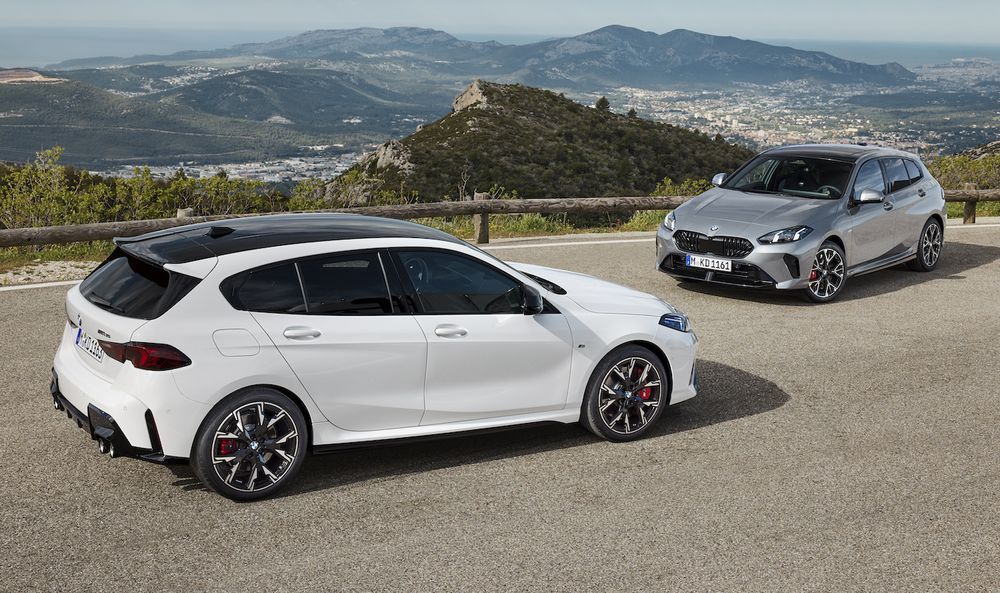
Beneath the surface, the 1 Series benefits from a stiffer body structure, revised chassis with new suspension geometry, and advanced features like a brake-by-wire system. Safety is enhanced with driver assists such as autonomous emergency braking, lane departure warning, and parking assist with reversing assist, among others.
Optional upgrades include adaptive cruise control, lane centring assist, and remote park assist, providing added convenience and safety features for drivers.
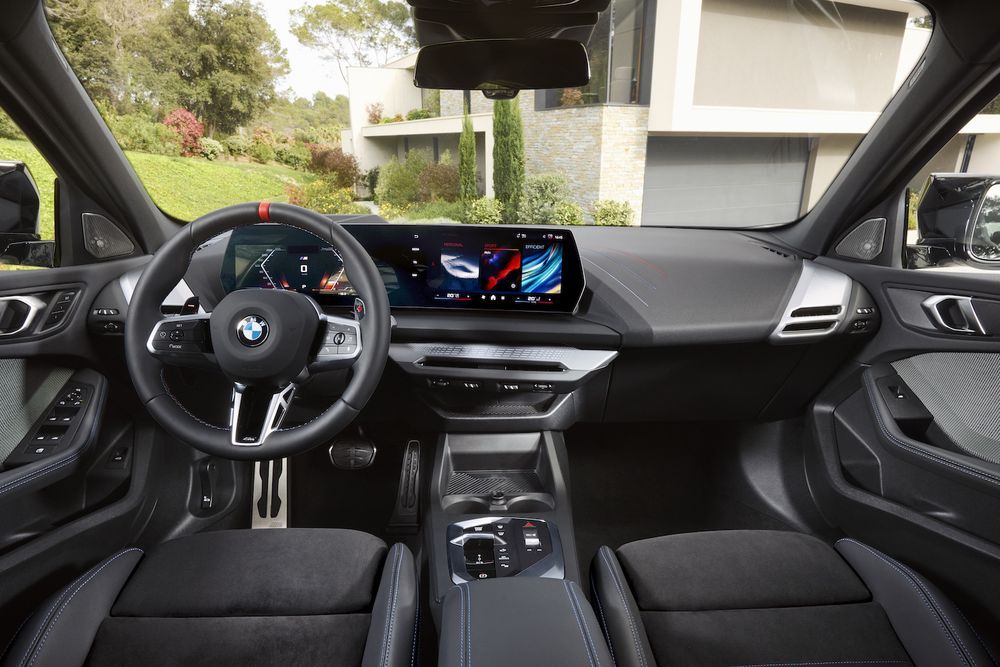
Inside, updates include a redesigned dashboard and centre console featuring horizontal slots for the corner air vents, concealed centre vents, and a compact gear selector toggle. The widescreen display panel houses a 10.25-inch digital instrument display and a 10.7-inch infotainment touchscreen, complemented by touch-sensitive shortcut buttons.
Powered by the BMW Operating System 9, the interface ditches the iDrive rotary controller and, sadly, has gone the route of an over-reliance on touchscreens, such as integrating climate control functions into the centre screen instead of physical buttons.
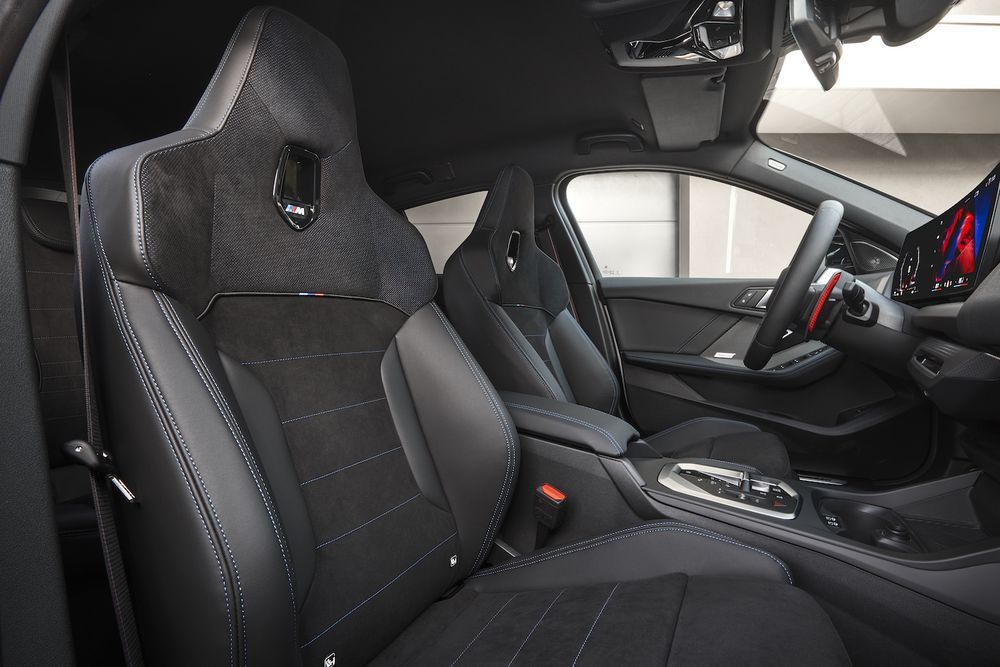
Further interior enhancements include redesigned seats, available in either sport or M Sport variants, upholstered in Econeer fabric or Veganza faux leather. Boot capacity, perhaps due to the added overall length, has expanded to 380 litres, expandable to 1,200 litres with folded rear seats.
The new 1 Series lineup includes petrol and diesel variants, with the petrol models dropping the “i” suffix for the first time. Powering the range are some returning favourites of BMW’s ICE range (all transversely-mounted, of course) such as the 1.5-litre B38 turbocharged three-cylinder petrol engine, offering a total system output of 170 PS.
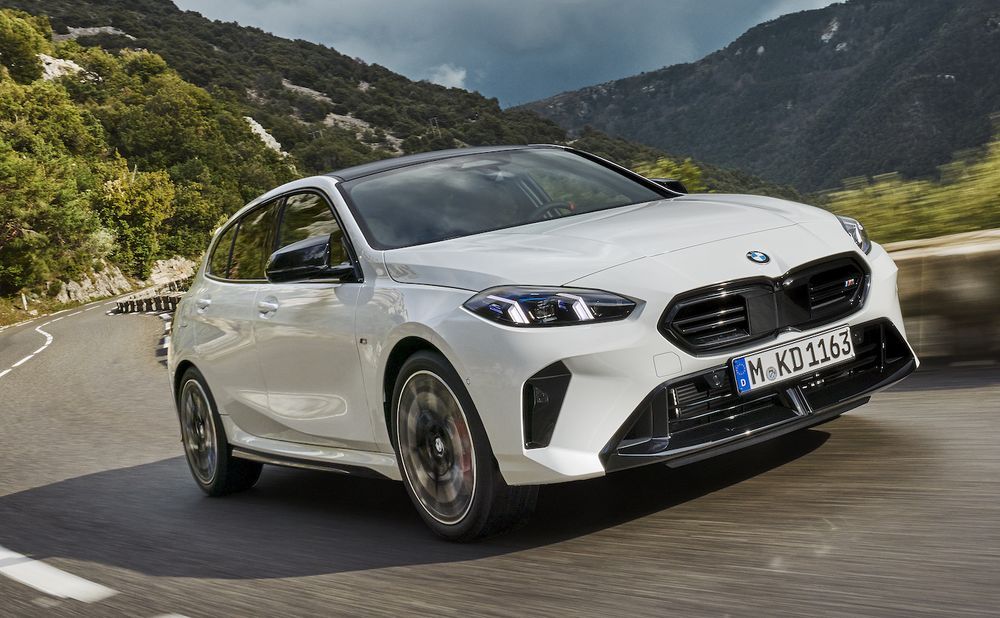
At the top of the pile sits the all-wheel-drive M135 xDrive, equipped with a 2.0-liter B48 turbo petrol engine producing 300 PS, capable of accelerating from zero to 100 km/h in 4.9 seconds. There’s also the inclusion of a 2.0-liter B47 four-cylinder turbodiesel with outputs ranging from 150 PS to 163 PS, though we doubt these will ever see our shores.
All engines are paired with a seven-speed wet dual-clutch transmission, replacing previous torque converter-type automatic transmission options sourced from Aisin.
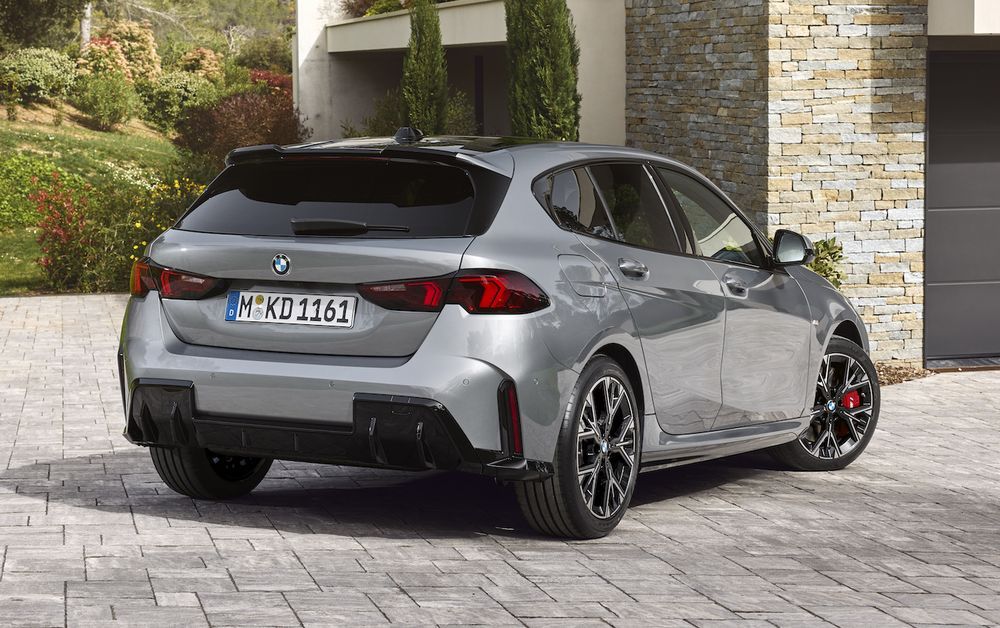
Despite being quite the popular seller locally its in its first two generations in rear-wheel drive format, the previous F40-generation 1 Series was notoriously short-lived in terms of its presence in Malaysia, with only a single high grade variant sold here, that being the M135i xDrive. We’ll have more on this newest version if (and when) its landfall nears.
